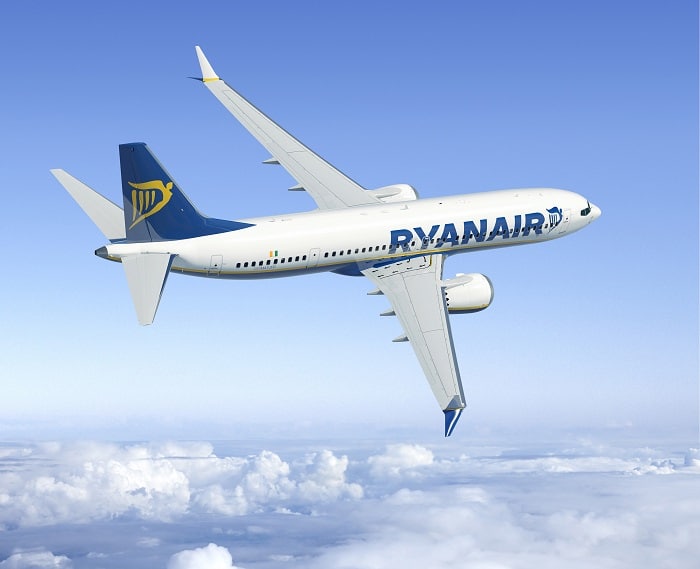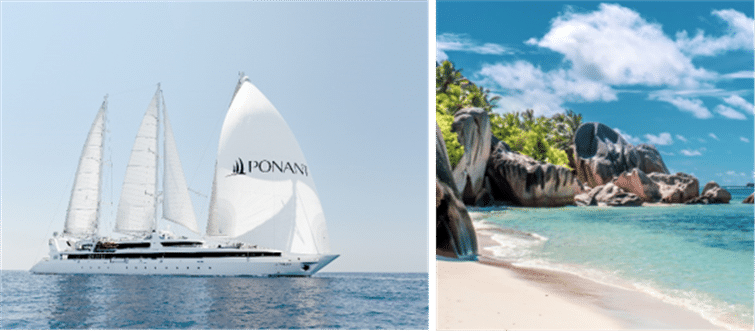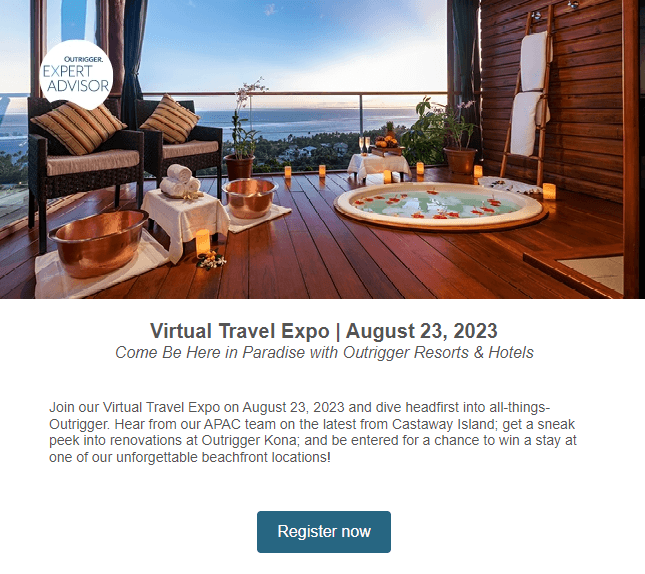Ten years of Virtual Interlining – Kiwi.com

A digital innovation that has brought self-connect options to over 10 million travelers
This year, Kiwi.com celebrates 10 years since it took its unique place in the travel industry as the innovative start-up that brought the then unknown concept of Virtual Interlining to the world. The arrival of this self-connect innovation changed the possibilities for booking travel and enabled travelers to select their itinerary based on the best route and the best price available, no matter the airline.
Kiwi.com built Virtual Interlining from concept to reality, but excellence didn’t come overnight – there was a lot of learning required to provide the best user experience such as optimizing the minimum connecting times across airports around the world and adjusting the product on the go to reflect that knowledge and insight. Today, Kiwi.com’s algorithm finds millions of flight options in real-time, not dictated by the codeshare agreements of airlines or restricted by whether the best route contains both legacy and low-cost carriers. It brings passengers to the lesser known smaller local airports that may not have previously been considered by customers and a more efficient route to reach their end destination thereby providing customer choice that didn’t exist before.
The roots of Virtual Interlining
The idea of Virtual Interlining was introduced back in 2011, when Oliver Dlouhý, co-founder and CEO at Kiwi.com, struggled to buy cheap tickets to his final destination as direct flights were prohibitively expensive. He discovered the best and cheapest itinerary could be found by connecting different carriers with a layover and that was the birth of the idea.
In 2012, Oliver Dlouhý and Jozef Képesi, Chief Technology Officer at Kiwi.com, together founded Kiwi.com and started developing a unique flight combination algorithm – Virtual Interlining.
“The real change began when we started to create a database of minimum connecting times.”
Stanislav Komanec, VP of Engineering at Kiwi.com remembers the early years, “Back then we didn’t have any database defining minimum connecting times. We were offering itineraries with approximate assumptions of how much time the passenger would need to change carriers at the airport. The real change began when we started to create a database of minimum connecting times, including using feedback from our customers. At this point, we knew that ‘this airport’ is small and all gates are near, but for ‘that airport’ the passenger would need extra time to change terminals or walk further to find a gate, with the feedback we could get much more precise. I feel very proud that we built such an intelligent database of minimum connecting times from zero and today it helps our customers to travel efficiently whilst finding unique and cheap itineraries.”
Virtual Interlining today
In 10 years the algorithm developed significantly. In the beginning, Virtual Interlining enabled the connecting of different carriers that didn’t cooperate, but the creativity had only just started. The algorithm brought the idea to make multicity travel much more orderly and Kiwi.com’s developers created NOMAD – a feature that finds the cheapest multicity combination among selected layover cities. With the ability to see almost 100% of flight content in real-time, the possibilities to provide value not available elsewhere grew by unpicking the pricing policies of airlines to find further ways to bring reduced prices to customers.
“We enabled some 10 million passengers to self-connect thanks to our unique itineraries.”
Oliver Dlouhý, CEO at Kiwi.com adds, “Our Virtual Interlining algorithm connected airports and cities that were unconnected before – we allowed customers to save a significant portion of money on their flights and lots of customers to fly that could not take that route before. We enabled some 10 million passengers to self-connect thanks to our unique itineraries and thanks to our innovative technology that no one else managed to bring to the market before Kiwi.com.”
However, Virtual Interlining didn’t only bring positive change only for travelers. It also helped airports to revolutionize the industry and become airport hubs without hosting major legacy airlines. Thanks to the Virtual Interlining algorithm of Kiwi.com, airports had the means to become virtual hubs. They started to support travelers self-connecting through their airports and providing Fast Track and additional discounts for a pleasant stay during the transfer. The revolution is still on the rise and there are growing numbers of European airports joining the initiative.
The future of Virtual Interlining
The current worldwide trends push industries to become more digitalised, progressive, and agile and the travel industry is no different. With insights and information gathered through Kiwi.com’s extensive view of the market and knowledge of customer preferences partners, including airports, will be more able to provide services tailored for the self-connecting passenger, attracting new business and providing a better experience.
Mario Gavira, VP of Growth at Kiwi.com adds, “The massive acceleration of the digital shift during the pandemic means that travelers in the future will expect to be able to manage their end-to-end travel arrangements in a fully digital and frictionless way. For this reason, in Kiwi.com we are heavily investing in our app to provide all required services starting with the inspiration, moving to shopping up to the actual traveling phase, in one easy accessible and seamless platform. The end goal is to offer our customers the ultimate digital end-to-end travel companion while enjoying seamless virtually interlined itineraries.”
Learn more about Kiwi.com
Have your say Cancel reply
Our emails to you has bounced travelmole.com Or You can change your email from your profile Setting Section
Your region selection will be saved in your cookie for future visits. Please enable your cookie for TravelMole.com so this dialog box will not come up again.
Price Based Country test mode enabled for testing United States (US). You should do tests on private browsing mode. Browse in private with Firefox, Chrome and Safari
You can see how this popup was set up in our step-by-step guide: https://wppopupmaker.com/guides/auto-opening-announcement-popups/
Subscribe/Login to Travel Mole Newsletter
Travel Mole Newsletter is a subscriber only travel trade news publication. If you are receiving this message, simply enter your email address to sign in or register if you are not. In order to display the B2B travel content that meets your business needs, we need to know who are and what are your business needs. ITR is free to our subscribers.
 United Kingdom
United Kingdom United States
United States Asia Pacific
Asia Pacific

























Qatar Airways adding Manchester flights
EU entry-exit system delayed again
ATC strike in Greece could disrupt flights this week
Jet2 unveils Samos as new Greek destination for summer 2026
Icelandair launches inaugural flight to Nashville